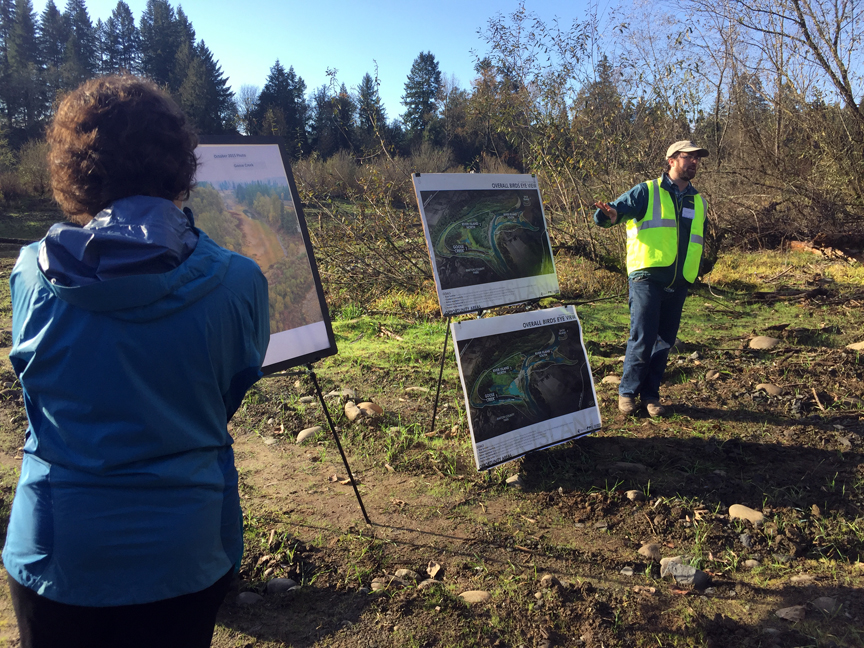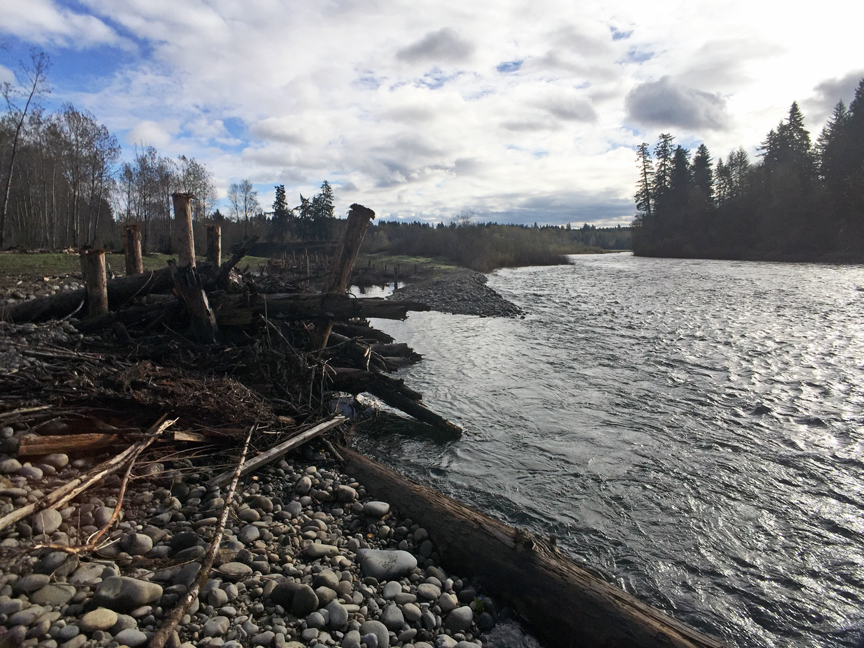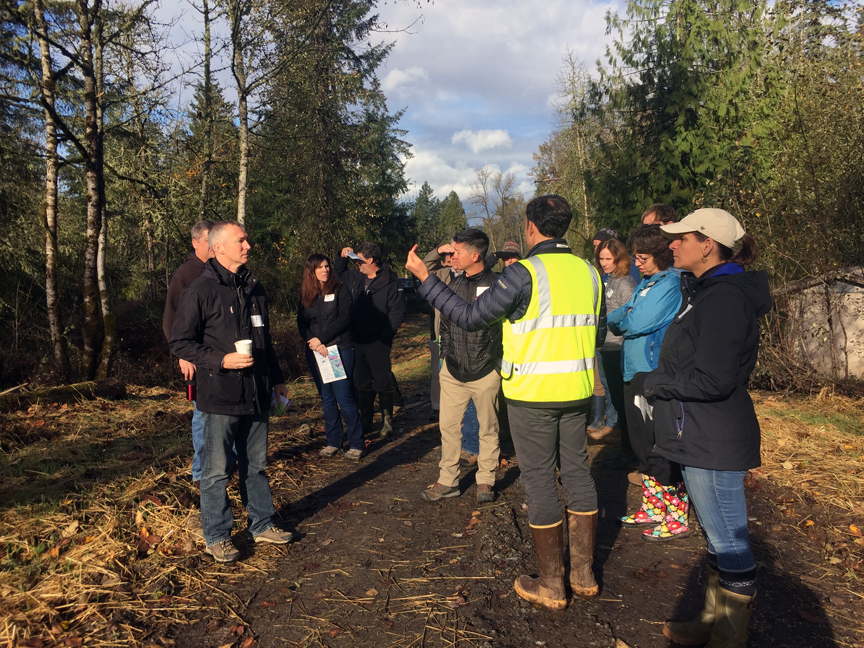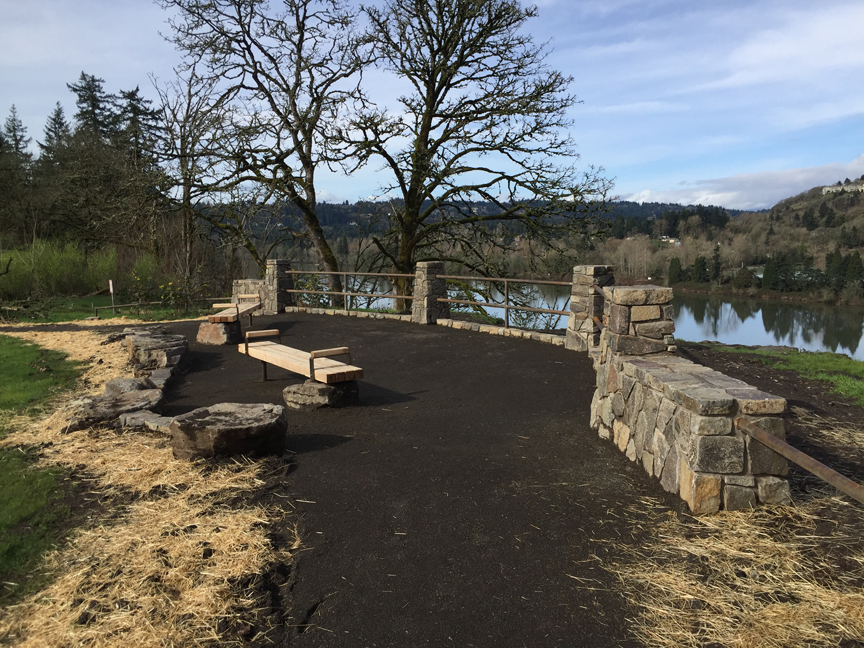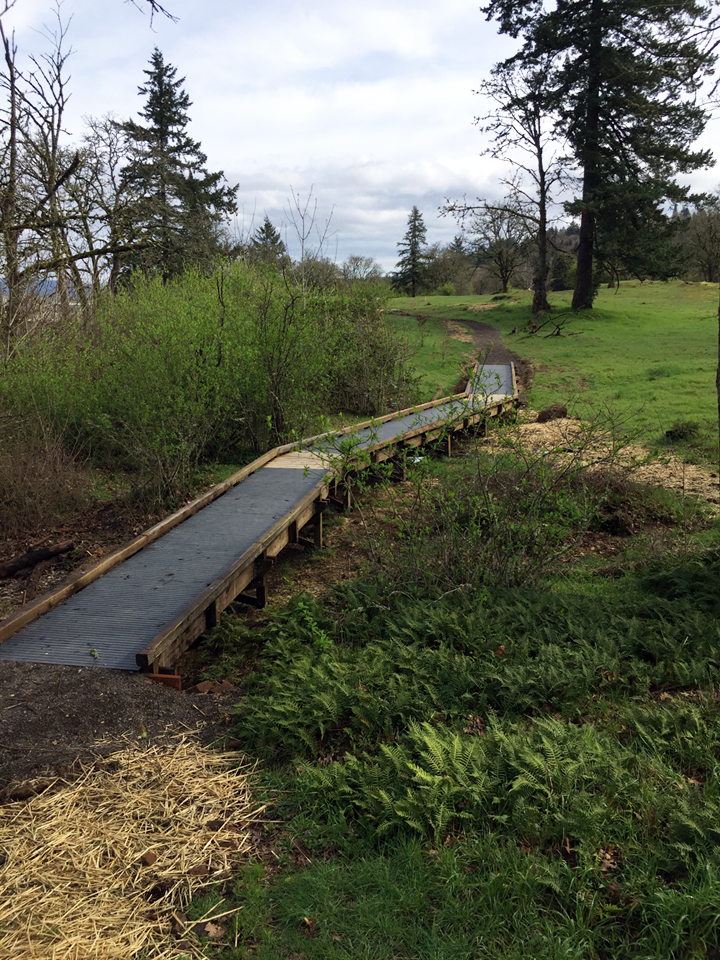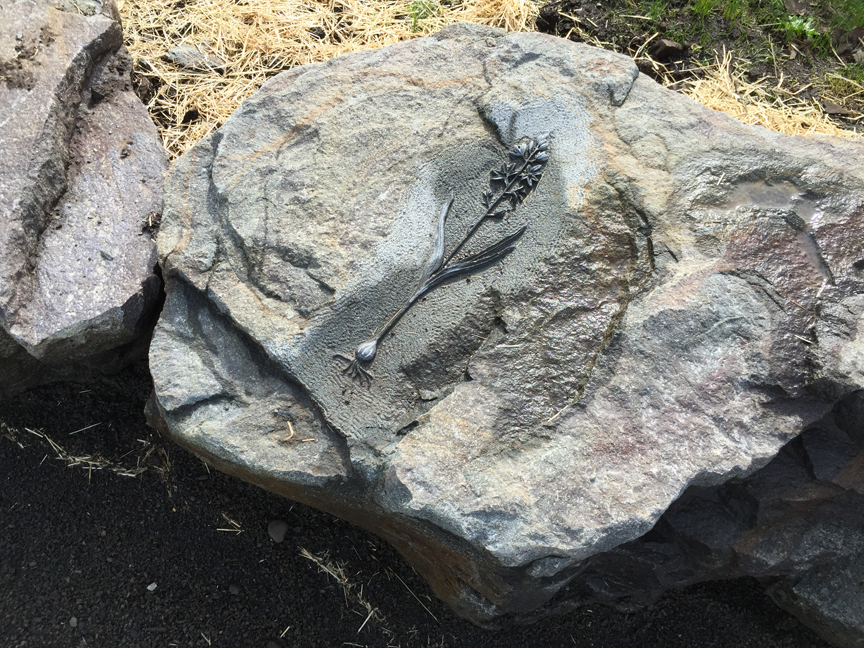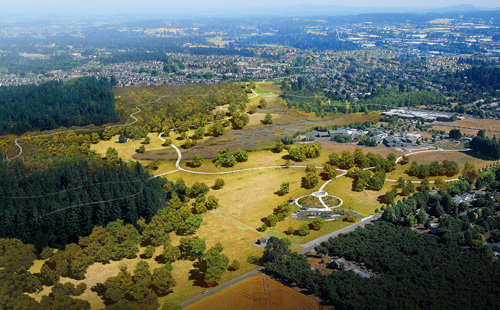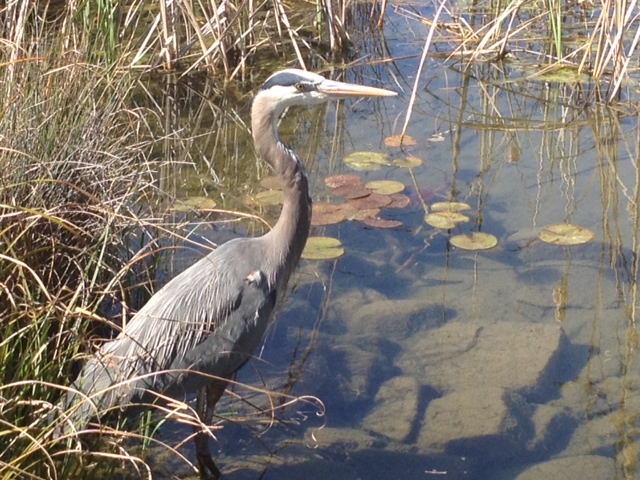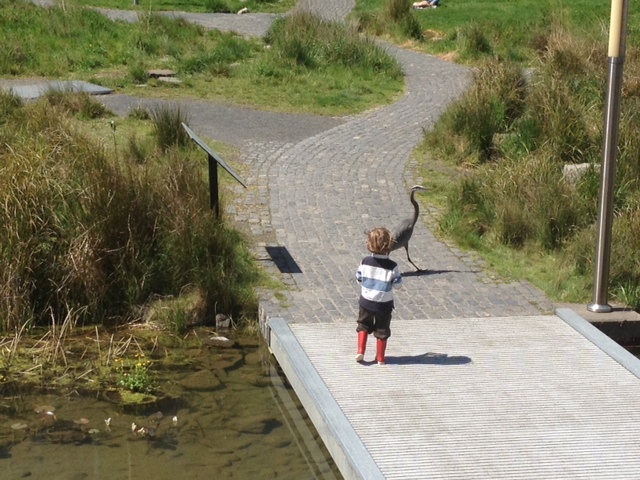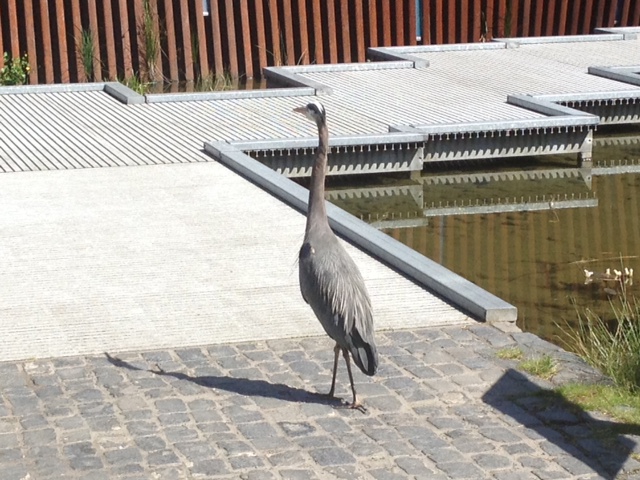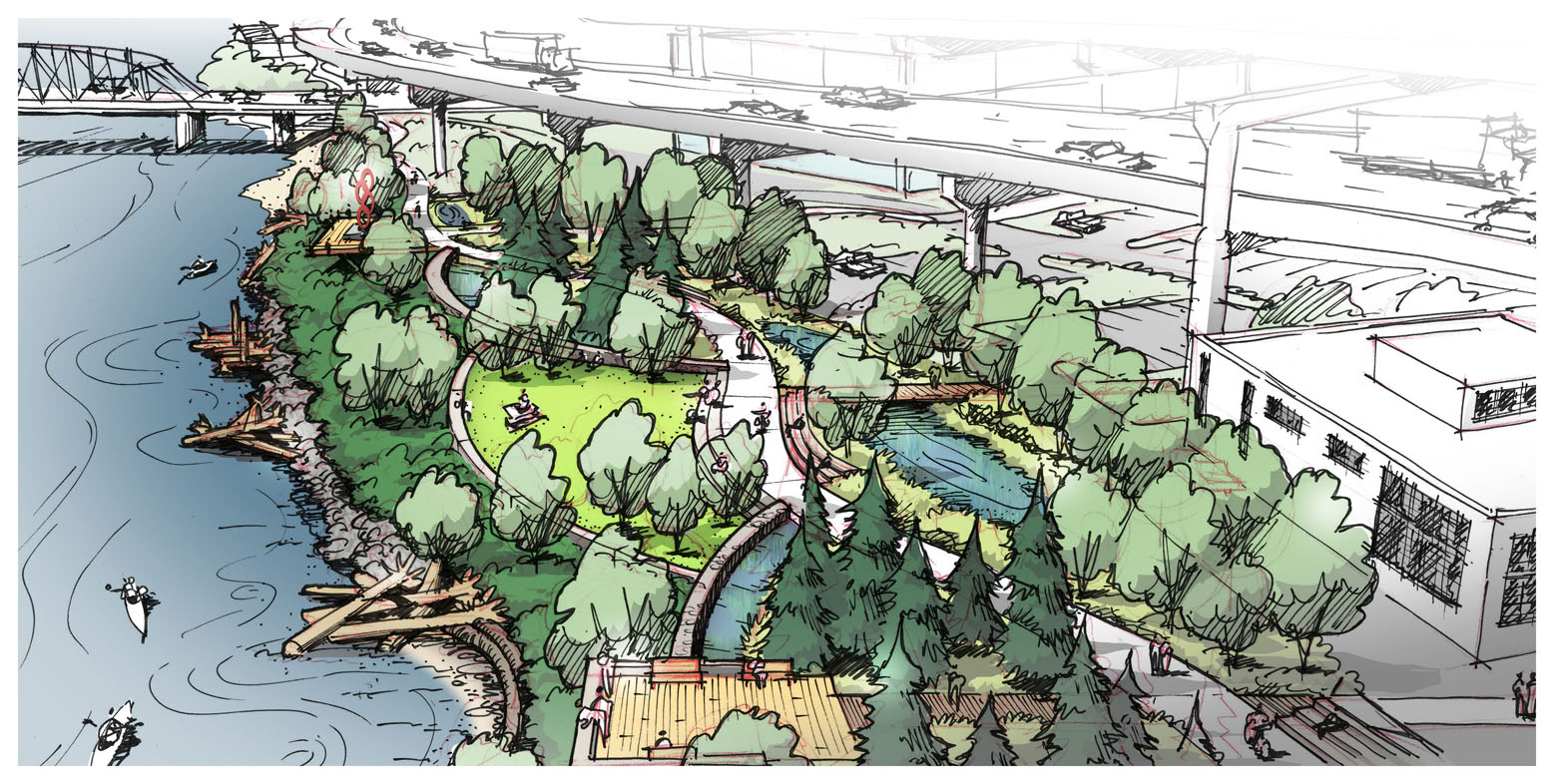


The Big Float is this weekend! The event is a part of the non-profit Human Access Project, headed by our friend, Will Levenson. Find out more about the event at: http://www.thebigfloat.com/
At THE HAPpenning Big Float Pre-Party last month, Mayor Ted Wheeler, Brett Horner (Portland Parks and Recreation), Kaitlin

Lovell (Bureau of Environmental Services) Mike Lindberg (former City Councilman) and Sallie Edmunds (Bureau of Planning and Sustainability) unveiled the Eastbank Crescent Project. The Eastbank Crescent is located between the Hawthorne and Marquam bridges on the eastbank of the Willamette River. The purpose of the project is to create a recreational destination and a fish and wildlife habitat refuge. The project is a collaborative effort between City of Portland’s Bureau of Planning and Sustainability, Bureau of Environmental Services (BES), Portland Development Commission, Portland Parks and Recreation, GreenWorks, Mayer-Reed, and Flowing Solutions. Based on existing conditions analysis, constraints and opportunities, two concepts were developed including maximizing recreation and maximizing habitat. GreenWorks, with sub consultant, Inter-fluve Inc., was task by BES to enhance in-water nearshore habitat for ESA-listed fish, restore riparian and upland habitat for birds and wildlife, and incorporate river habitat education opportunities. An array of habitat treatments were considered including laying back the riverbank to create more habitat by vegetating with native plants, undulating the shallow water area with alcoves or backchannels to enhance fish habitat and creating viewpoints and access for education. The concepts were presented to stakeholders and the public in spring and summer of 2016 and to City Council on June 7, 2017.







